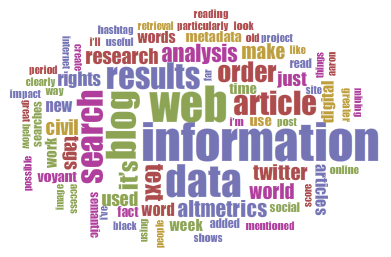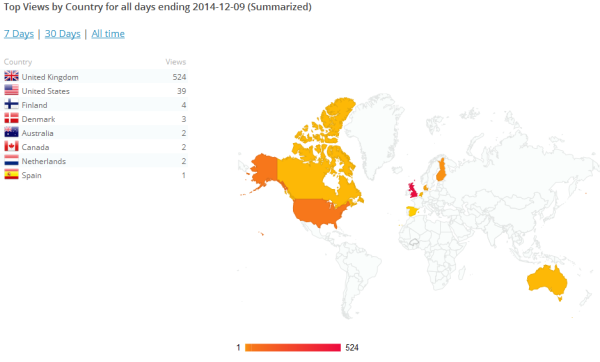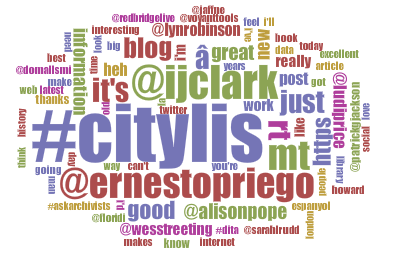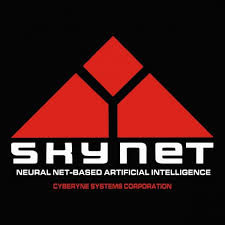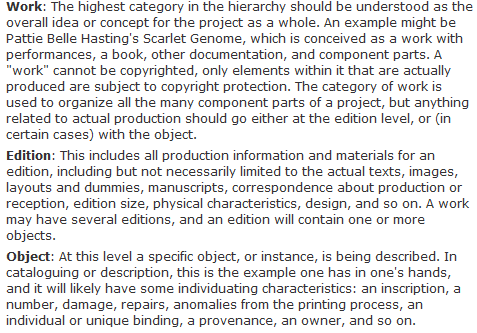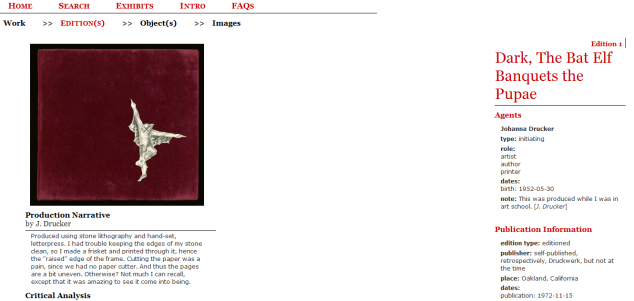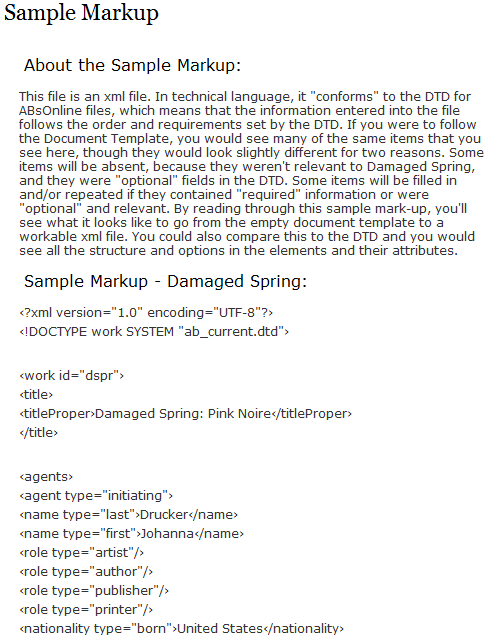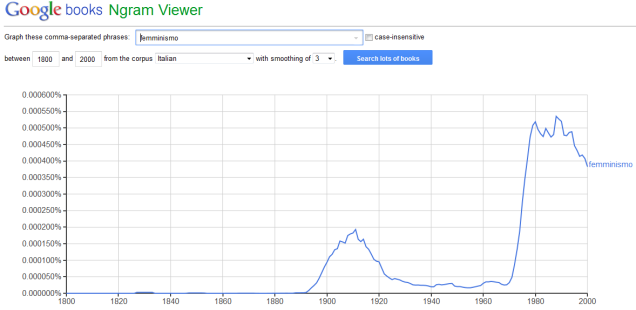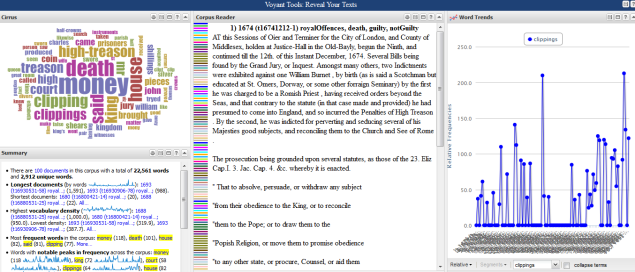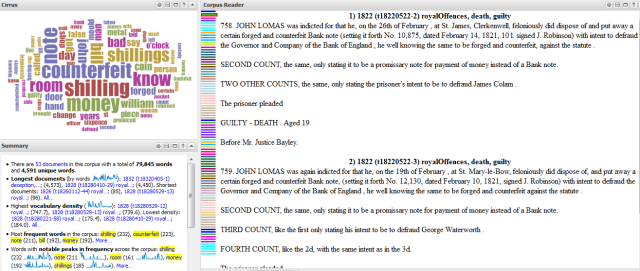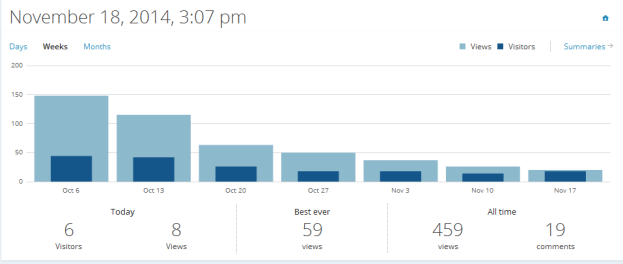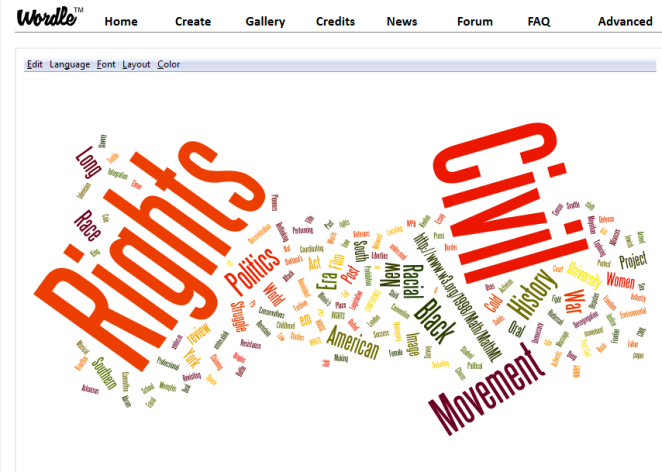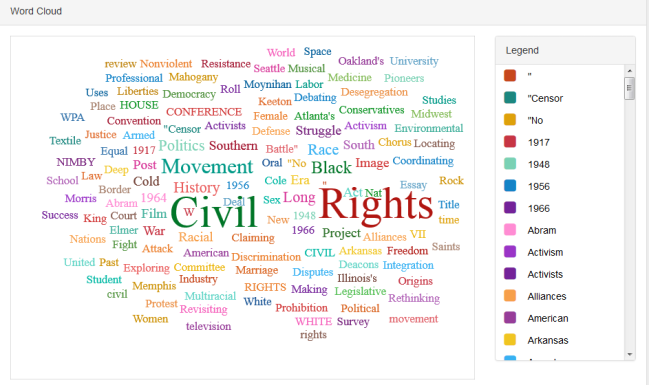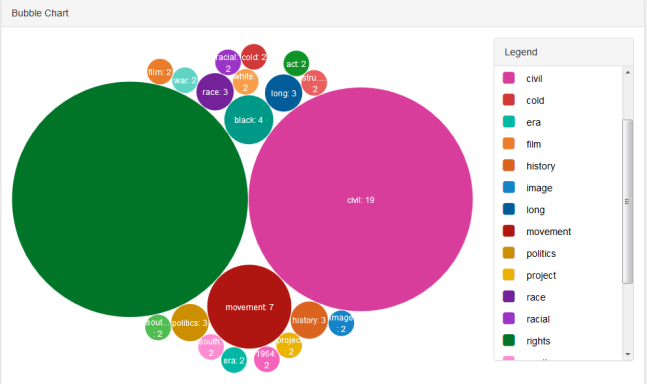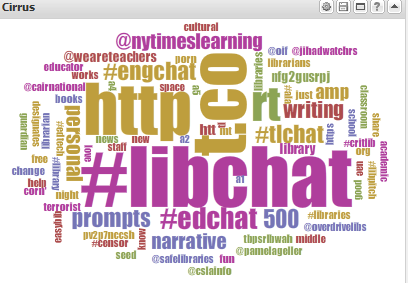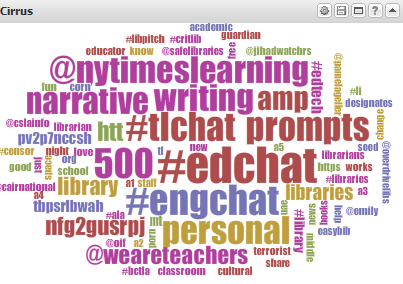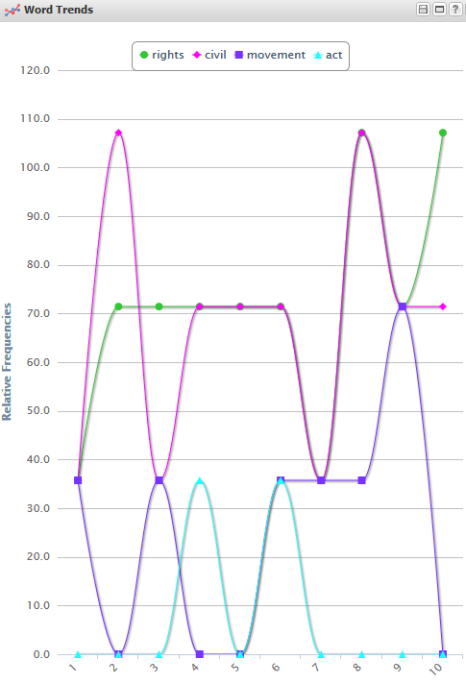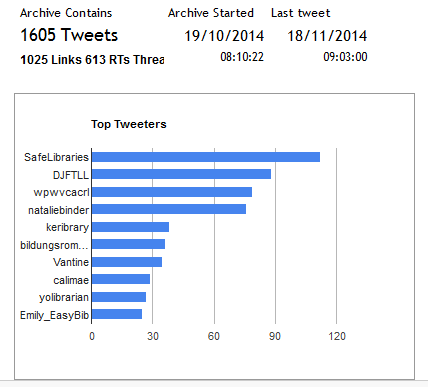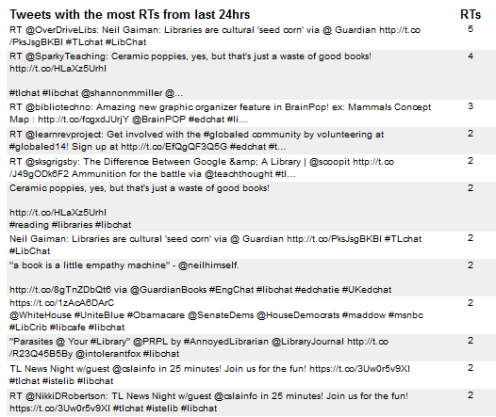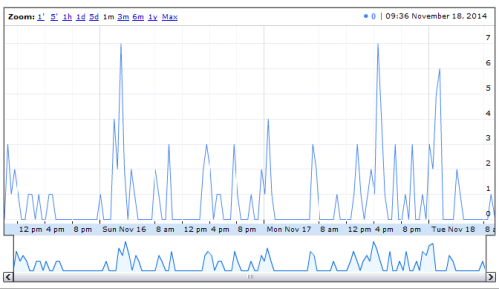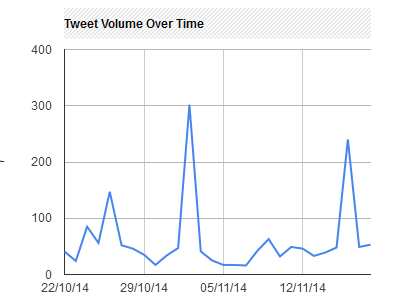As part of my ongoing efforts to make the transition from History Teacher to Law Librarian, I have become a member of the British and Irish Association of Law Librarians (BIALL). I’ve found their journal, Legal Information Management, particularly helpful in gaining an understanding of many of the key issues confronting the profession. When I saw the opportunity to apply for a student bursary to attend their annual conference I jumped at the chance, and was very fortunate to receive the award. So, business cards printed, bags packed, it was off to Brighton for the 46th Annual Conference, which this year was themed around the title ‘Charting the Cs: Collaboration, Co-operation, Connectivity’.
I was a little apprehensive, since I’d only ever previously met two or three attendees in person, at the BIALL/SLA Europe/CLSIG Graduate day and the ILG/SLA Europe Information Literacy events, but they were a friendly and welcoming bunch of people, and I gained a great deal through my conversations with professionals from a wide range of backgrounds.
One of the themes which emerged repeatedly was the importance of law librarians (or whichever moniker they’re working under), getting out and about within their organisations. Professor Stephen Mayson, in the opening lecture, spoke of how there needs to be a shift from ‘back room procurer of materials to front of house expert’, and argued that there should be a shift of terminology from Knowledge Management to Knowing Management, in which there should be a focus on the connections to those who can contextualise information. Jane Bradbury , echoed this view in her presentation on ‘The continuing evolution of Knowledge Management in the Legal Profession’, when she explained how legal information professional must ‘carve out a role as custodians of a firm’s information and knowledge’. She too, argued for a redefinition of Knowledge Management to one more focused on ‘connecting people and enabling conversation’. Emily Allbon too, in her talk, ‘Infiltrate and conquer? Showing the world what librarians can do’, urged legal information professionals to get out and collaborate, and to get out of the ‘echo chamber’ in which you only talk within your own group. This point was further reinforced by Kathryn Hay and Esther Wheeler in their presentation ‘Information gatherer to knowledge connector’, where they explained how information professionals need to be more proactive and ‘can add best value by connecting the dots’.
The first day ended with a First Night Reception held at Brighton Museum and Art Gallery. This was a great opportunity to socialise, and I met a great group of people. The fun continued long into the night!
I enjoyed the second day even more than the first, feeling much more relaxed having got to know lots of people. It began with a really informative talk by Emily Goodhand, ‘The monkey and the camera: a copyright snapshot’, in which she clearly, and engagingly, explained the changes introduced in 2014. The talk which will stay longest in the memory though was by Sara Roberts, from the University of Canterbury in Christchurch, New Zealand, in which she movingly described the experience of trying to keep the law library service going following the devastating earthquakes which hit the city in 2011.
Another theme of the conference was that of how to best deliver legal research training, for both students, and trainees. Given that this is the topic of my dissertation, my notepad was ready, and pen poised! Stephen Mayson raised the concern that law firms are still unhappy with trainees’ skills, and made the point that students aren’t being trained to sift out the relevant from the irrelevant in terms of what a client needs. Kathryn Hay and Esther Wheeler argued that trainee induction would be better carried out by the library, rather than a separate training team, because librarians are closer to the knowledge. Angela Donaldson and Graham Ferris, in their talk, ‘Collaborating and co-operating to make the connection’, spoke about ‘situated learning’ and how physicality, networks and groups play an important part. In particular, they spoke passionately in defence of the law library as an important social space, and argued that finding case law in hard copy form, makes it easier to recognise its provenance, because you can see demonstrably, how a case fits in with broader law, in a way which is not so apparent with digital materials.
Two further sessions, ‘Law v learning styles’ and ”Techno teach’ gave further insights. In the former, Chris Walker and Karen Crouch explained how we need to instill the attributes of discipline, rigour and precision into law students, but that teaching methods need to be adapted to deal with the ‘net generation’. Jackie Hanes and Lisa Anderson, in the final session of the day, gave a really good presentation on the technologies which can be used to assist with legal research training; Jing looks to be an excellent piece of software for screencasting, and could be used to record a video showing how to search an enquiry.
The second day ended with the President’s Reception, BIALL Annual Awards and Annual Dinner. I had great company during the meal, and even found out that one of my old teaching colleagues is a very good friend of the people sitting either side of me! Then what better way to end off my conference experience than with a disco and more socialising.
I found the whole conference informative, educative and very, very enjoyable. It has further strengthened my desire to become a law librarian. Many thanks to the BIALL Awards Committee for generously granting me a bursary to attend and to all those involved in putting on such a wonderful event!


